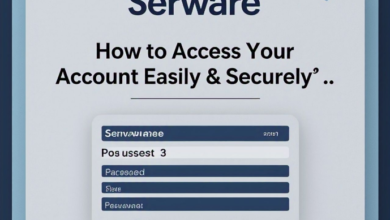How to Handle Customs Clearance for UK-India Couriers

Introduction
Shipping a courier from the UK to India involves navigating customs clearance, which ensures all parcels comply with regulations and import duties. Understanding the process can help prevent delays, unexpected fees, or package rejection. This guide provides a step-by-step approach to handling customs clearance efficiently.
Step 1: Understand Customs Regulations
India has strict import regulations, and certain items are either prohibited or restricted. Before shipping, check if your parcel complies with Indian customs laws.
Prohibited & Restricted Items
- Prohibited items: Firearms, explosives, narcotics, counterfeit goods, endangered animal products.
- Restricted items: Electronics, medicines, and food products may require special permits.
Essential Documents for Customs Clearance
- Commercial Invoice: Lists the contents, value, and purpose of the shipment.
- Packing List: Details the number and type of items inside the parcel.
- Customs Declaration Form: Required to assess duties and taxes.
- KYC (Know Your Customer) Documents: Importer’s ID proof (Aadhaar, passport, or business license) may be needed for clearance.
Step 2: Estimate Customs Duties and Taxes
India imposes customs duties, GST (Goods & Services Tax), and handling charges on imported goods. Charges depend on the declared value, type of goods, and origin.
How to Calculate Customs Duty
Use the Indian Customs Duty Calculator on the official government website to estimate charges. Duties may include:
- Basic Customs Duty (BCD): Varies based on item category.
- Integrated GST (IGST): Applied on CIF (Cost, Insurance, and Freight) value.
- Social Welfare Surcharge: Additional percentage of duty on certain goods.
Step 3: Choose the Right Courier Service
A reliable courier service can simplify customs clearance and reduce unexpected fees. Consider:
- DHL, FedEx, UPS: Premium couriers offering customs support.
- Royal Mail & India Post: Budget-friendly but slower processing.
- Aramex, DPD, DTDC: Cost-effective for standard shipments.
Look for services offering door-to-door customs clearance to avoid handling the process yourself.
Step 4: Declare Accurate Information
Incorrect or undervalued declarations can lead to penalties, shipment delays, or confiscation. Ensure:
- The invoice matches the package contents.
- Declared values are accurate to avoid fines.
- Clear descriptions (e.g., “cotton shirts” instead of just “clothing”).
Step 5: Track Your Shipment and Respond to Customs Requests
- Use the tracking number provided by the courier.
- If customs requests additional information, provide it promptly to avoid delays.
- If your package is held in customs, check with the courier or India’s customs department.
Conclusion
Handling customs clearance for UK-India couriers requires proper documentation, compliance with import regulations, and accurate declarations. By choosing a reliable courier, estimating duties, and staying informed about customs requirements, you can ensure a smooth and cost-effective shipping experience.




